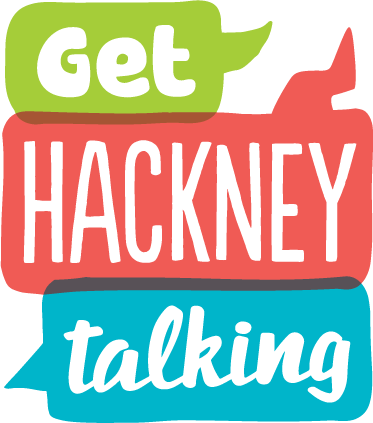What does ‘Word Finding Difficulties’ mean?
Children with word finding difficulties find it hard to use the words they do know. They find it difficult to select the right word from the word store in their brain. This means that they often use unspecific words (such as it, thing, doing), over use fillers (e.g. umm, errr) and may say things several times, repeating a word or a phrase. Children also sometimes use a related word (e.g. saying “Pass me the cup” when meaning plate). Children with word finding difficulties and children with poor vocabulary benefit from support to develop their categorisation skills.
Strategies to Support Word Finding Difficulties
What helps?
Children should also be encouraged to develop their own self-help skills for situations where there isn’t any adult support, hence try and support your child to think about things such as;
- What’s the first sound?
- What does it look like?
What do you use it for? - Where do you find it?
- What category does it belong to? Can you think of any other things from the same category?
- What is it similar to?
Activities to Support Word Finding Difficulties
Games to develop categorisation
- Teaching category names (animals, transport, furniture, body parts, clothes, toys. etc.)
- Sorting by category or function
Teach children to sort objects or pictures into groups e.g. sort into groups of animals/ furniture/transport or into things for sitting on/eating/for washing. Then try sorting the same objects in a different way e.g. sorting by category and then sorting by colour.
- How are two items different
Easier: Get your child to describe how two pictures/objects are different where the difference is very obvious e.g. different colours, sizes, open, closed, up, down.
Harder: Get your children to compare hair/ eye colour; clothes; height.
Get your child to compare objects/pictures by categories or functions e.g. That is an animal and that one is furniture.
- Word rounds
Given a category name (e.g. an animal), an appearance (e.g. something red or something round), a function (e.g. something that you can eat) or a place (e.g. something you use at school). Each child thinks of on item to go in that group.
- Pass the object
Pass the object around the group and everyone says something to describe it. Include category name, what it looks like, what you do with it and where it goes.
- Odd one out.
Easier: Given three items, your child must say which is the odd one out e.g. given a jumper, an apple and a sock. The apple is the odd one out as the other two are both clothes.
Harder: Why is it the odd one out? What is different?
- Guessing game
Adult describes a hidden picture and child has to guess what the picture is. Then your child takes turns in describing a picture. Encourage your children to describe the most important features (e.g. It’s furniture, you sit on it) rather than unhelpful definitions (e.g. it’s brown).
- Semantic links
Use picture cards or objects. Ask your child to find the ones that link? Why does it link? What else can you think of that could link?


